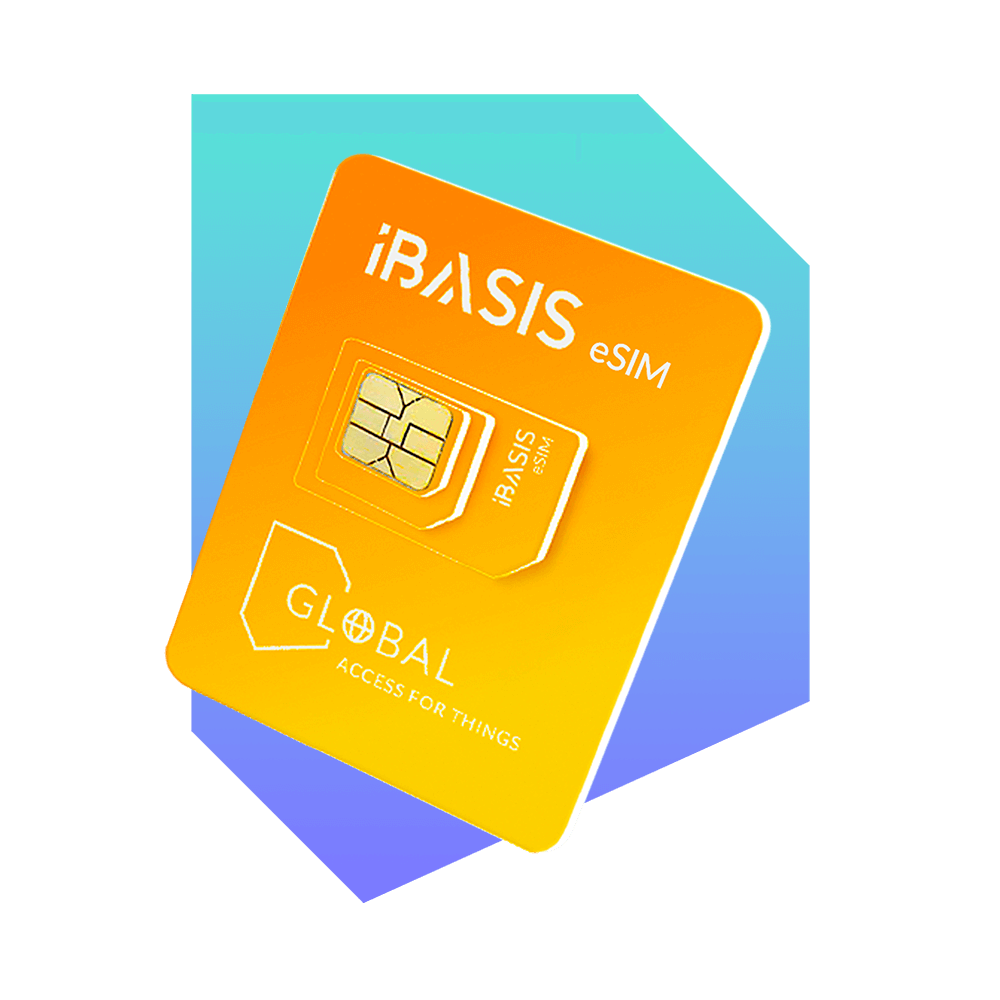
With 98% of all messages opened and 90% being read within three minutes, SMS remains the quintessential tool for customer engagement for its effectiveness and broad reach. However, the sustainability of SMS is currently at risk due to evolving pricing models and commercial strategies.
That’s why iBASIS has commissioned a pivotal whitepaper leveraging industry expert perspectives to look into long-term trends and impacts on SMS. Written by Global Telco Consult (GTC), the whitepaper’s findings will be shared at the upcoming ‘Taking the Pulse of the Messaging Market: Is SMS at a Crossroads?’ webinar on December 11, 2023.
SMS has been the optimum way to connect with customers due to its ubiquity, directness, and affordability. However, the initial focus on protection rather than monetization has led to a complex market evolution. As the market matured, monetization became prevalent, largely driven by aggregators and firewall vendors under fast adoption revenue share models with no CAPEX – and now SMS is now grappling with rising prices. The rate of increase in international rates has been particularly dramatic, almost doubling from $0.033 to $0.065 in recent years, according to Mobilesquared. This has been particularly prevalent in certain markets and while just 41.7% of operators are charging above the global average, they are nonetheless skewing the market dynamics.
The increasing costs of SMS, particularly due to unreasonable commercial models, are causing significant disruptions and faster migration to alternative channels, including the proliferation of Artificially Inflated Traffic (AIT), fraud, and trashing. 90% of operators have also increased rates in recent years, more than a third have doubled them, and 3.9% have increased their rates by more than 500%.
Higher prices lead to increased grey route traffic, which is the biggest cause of lost revenue in the A2P messaging sector. Some estimates suggest that up to 45% of all A2P messaging is being sent via these routes, with MNOs missing out on billions of dollars in revenue.
Many operators, perceiving SMS’s shelf life as limited, have adopted a pricing model designed to maximize short-term gains. This strategy accelerates the migration of enterprises to alternative channels and encourages reliance on grey routes. Increased pricing and the activation of firewalls, while intended to improve revenue, have in instances led to some aggregators downgrading traffic and seeking cheaper routes, compromising quality and deliverability. Such short-term strategies are proving highly damaging to the SMS ecosystem, resulting in reduced volumes and revenues.
A long-term vision is essential to maintain the health of the SMS ecosystem, and it is crucial to balance protection with sustainable monetization. This approach requires not only strategic pricing models but also a focus on education within the industry to understand the impacts of current practices.
Join us on December 11 at ‘Taking the Pulse of the Messaging Market: Is SMS at a Crossroads?’ webinar to delve deeper into the complexities of SMS pricing and its implications on the broader messaging ecosystem.
Register now for crucial insights to navigate this challenging landscape and also receive an exclusive copy of the detailed whitepaper.































